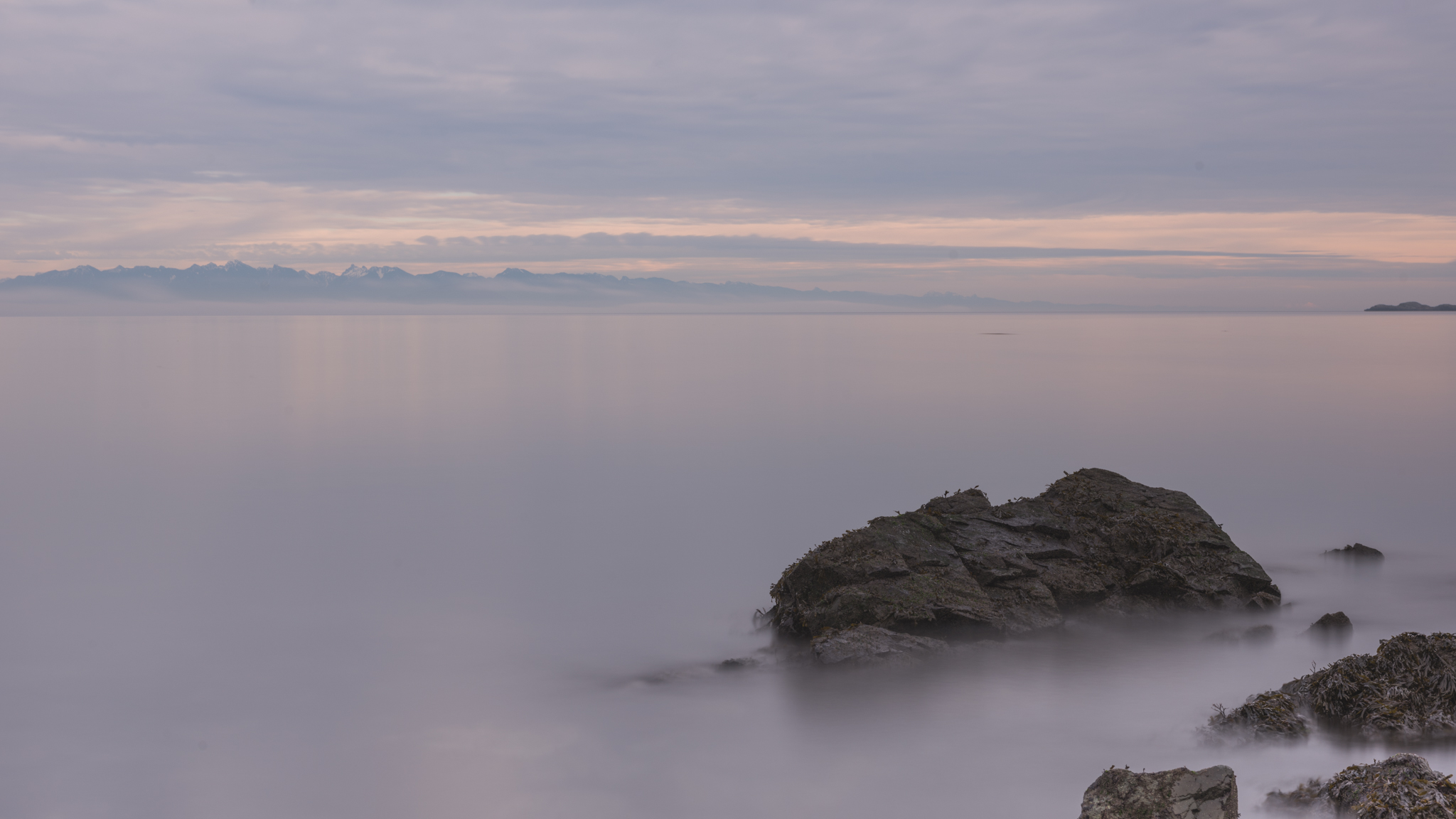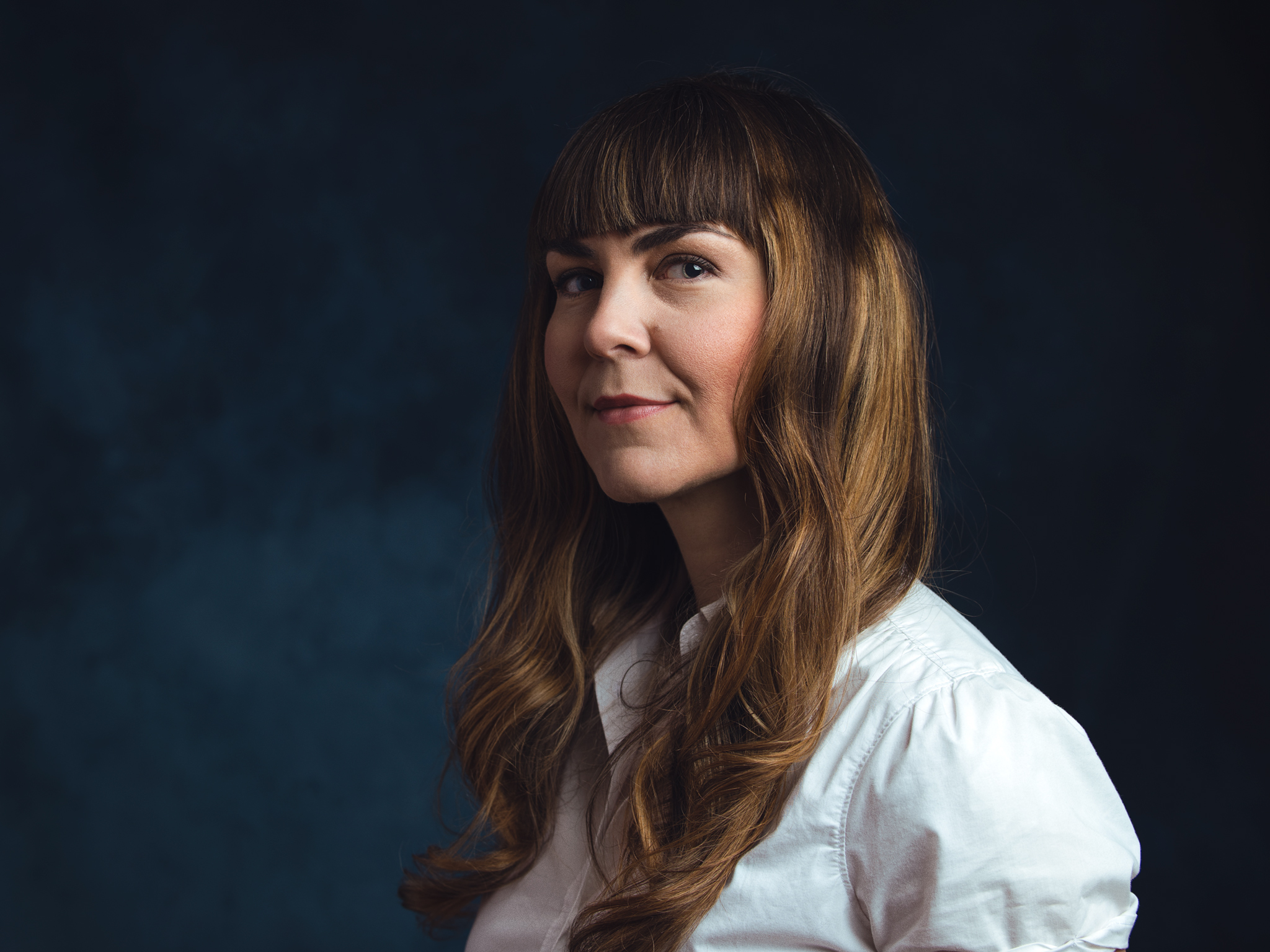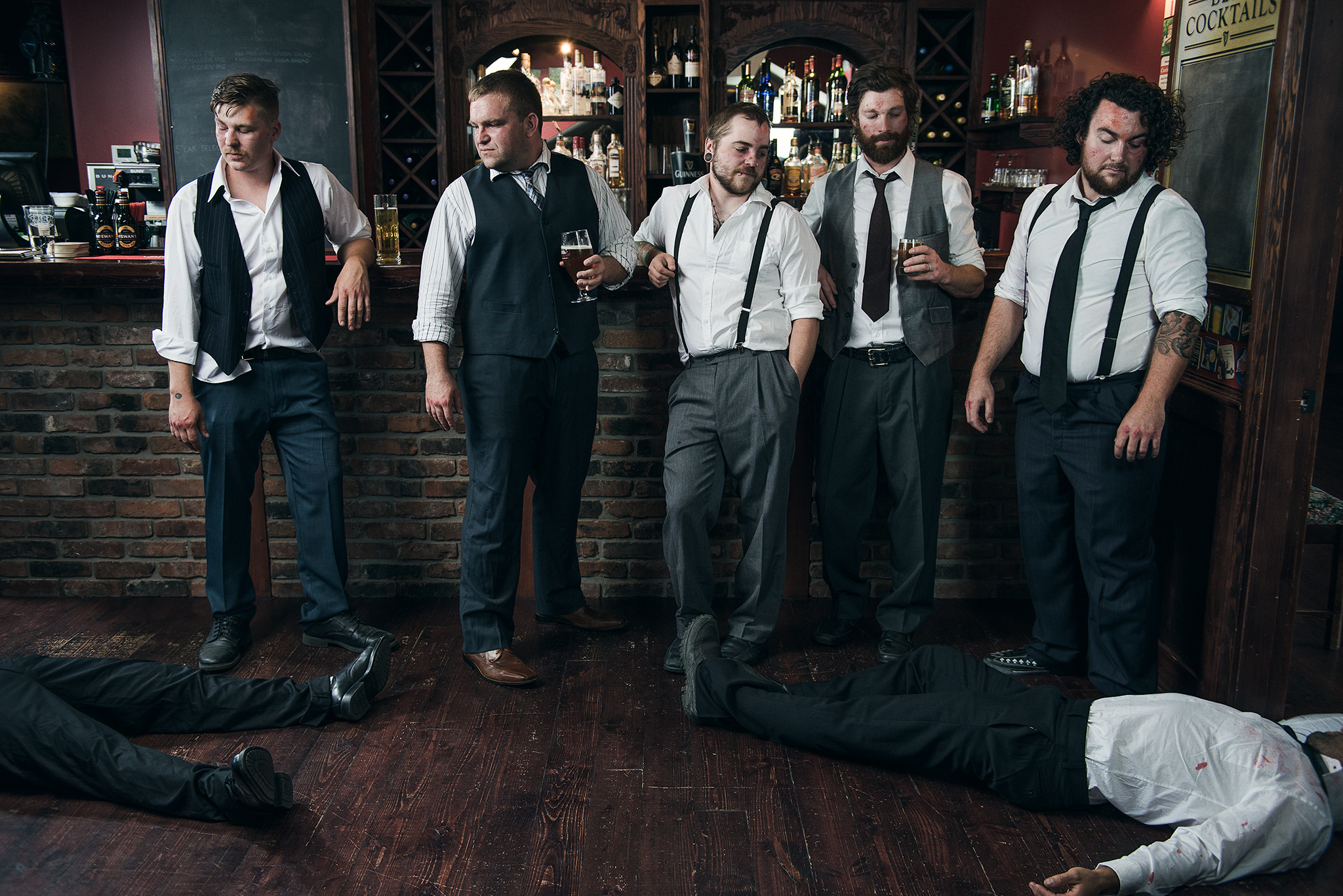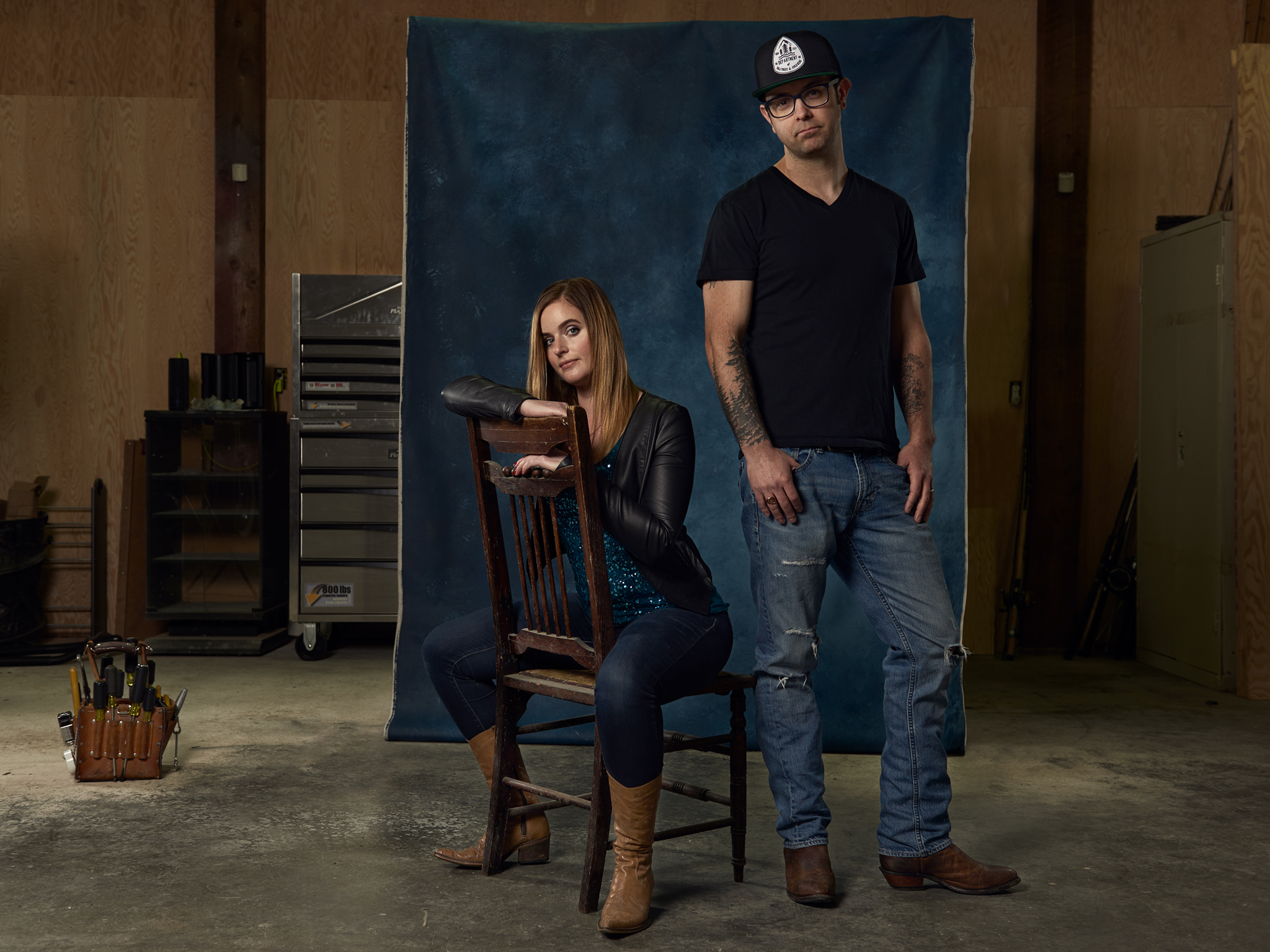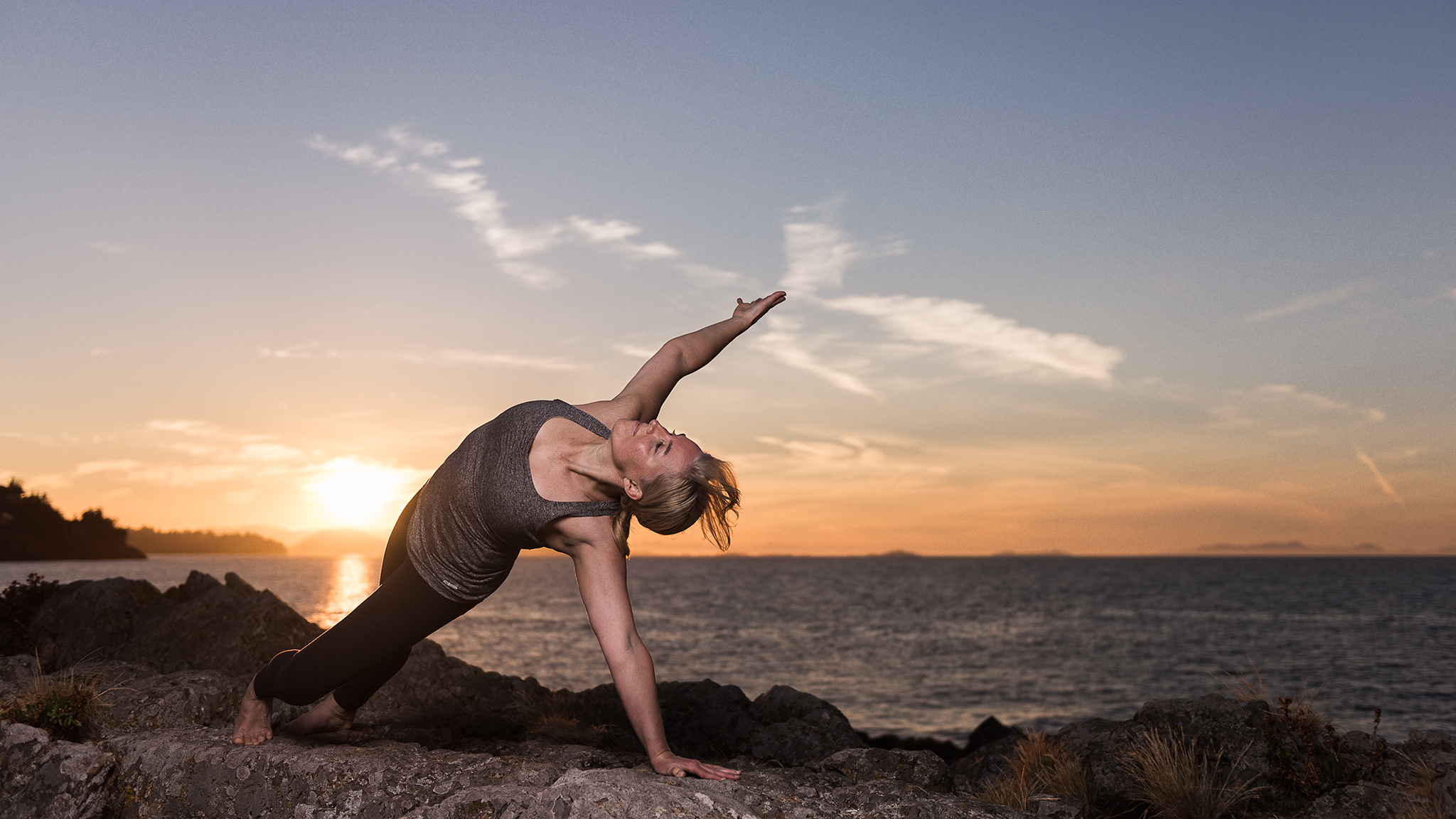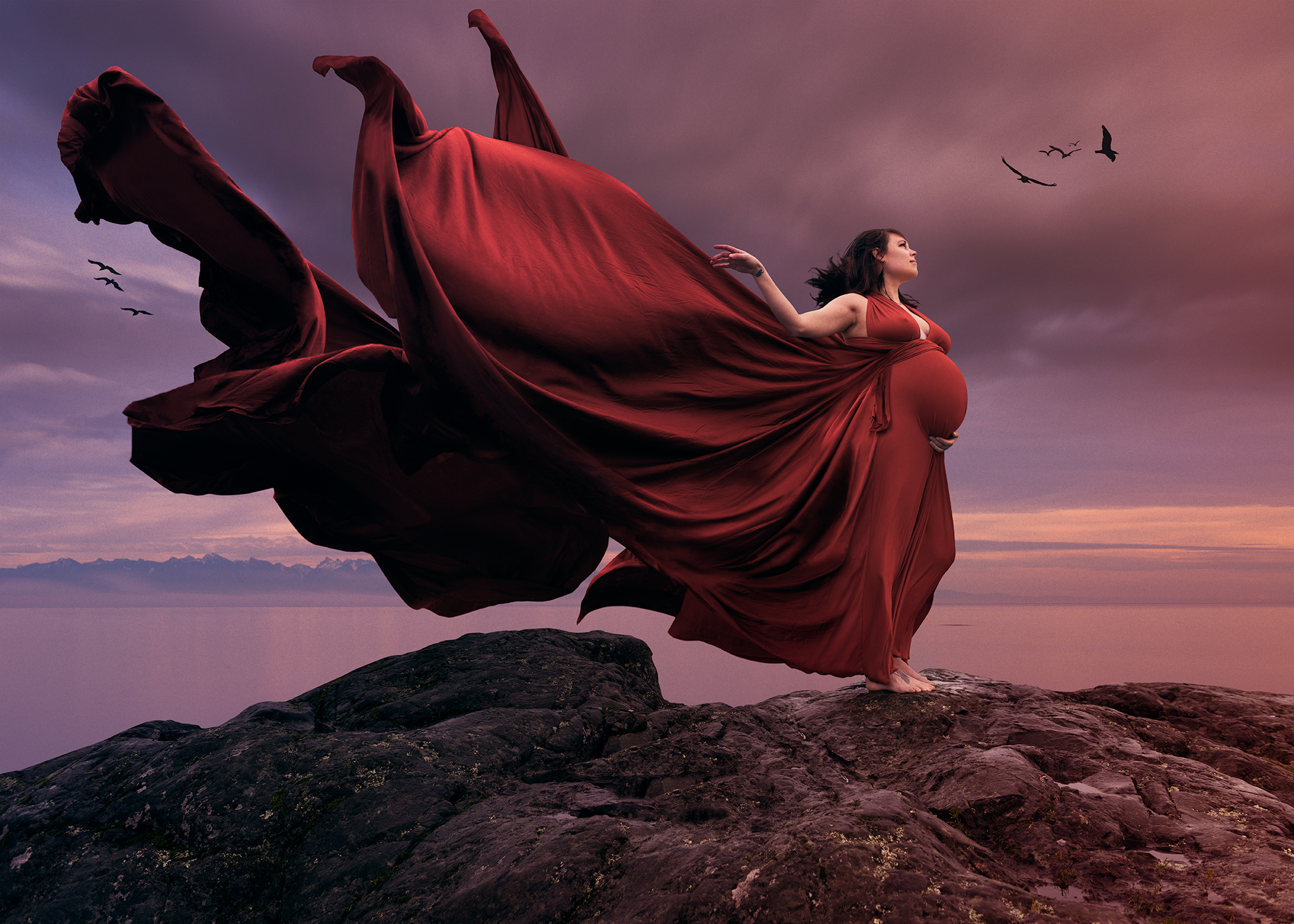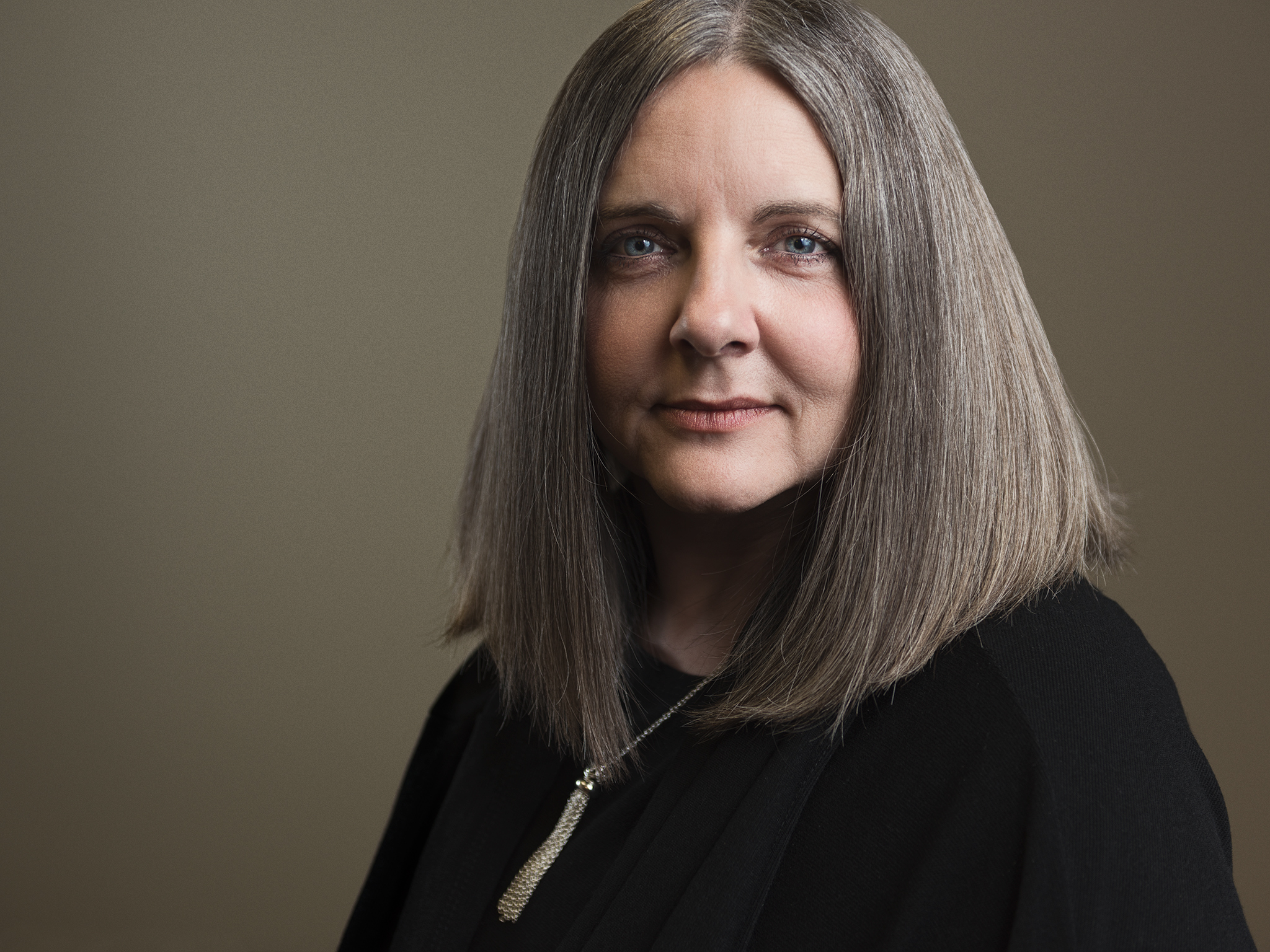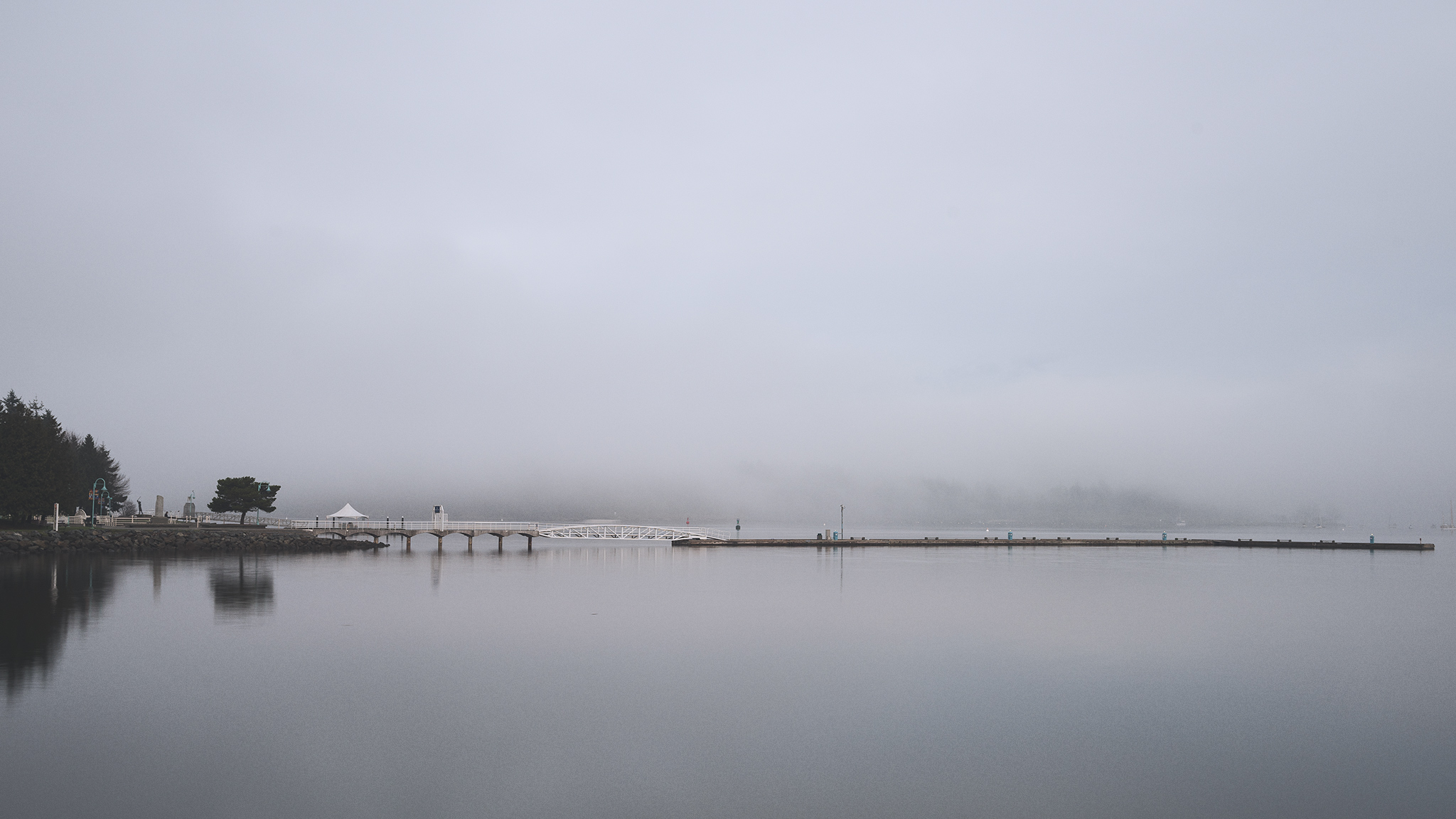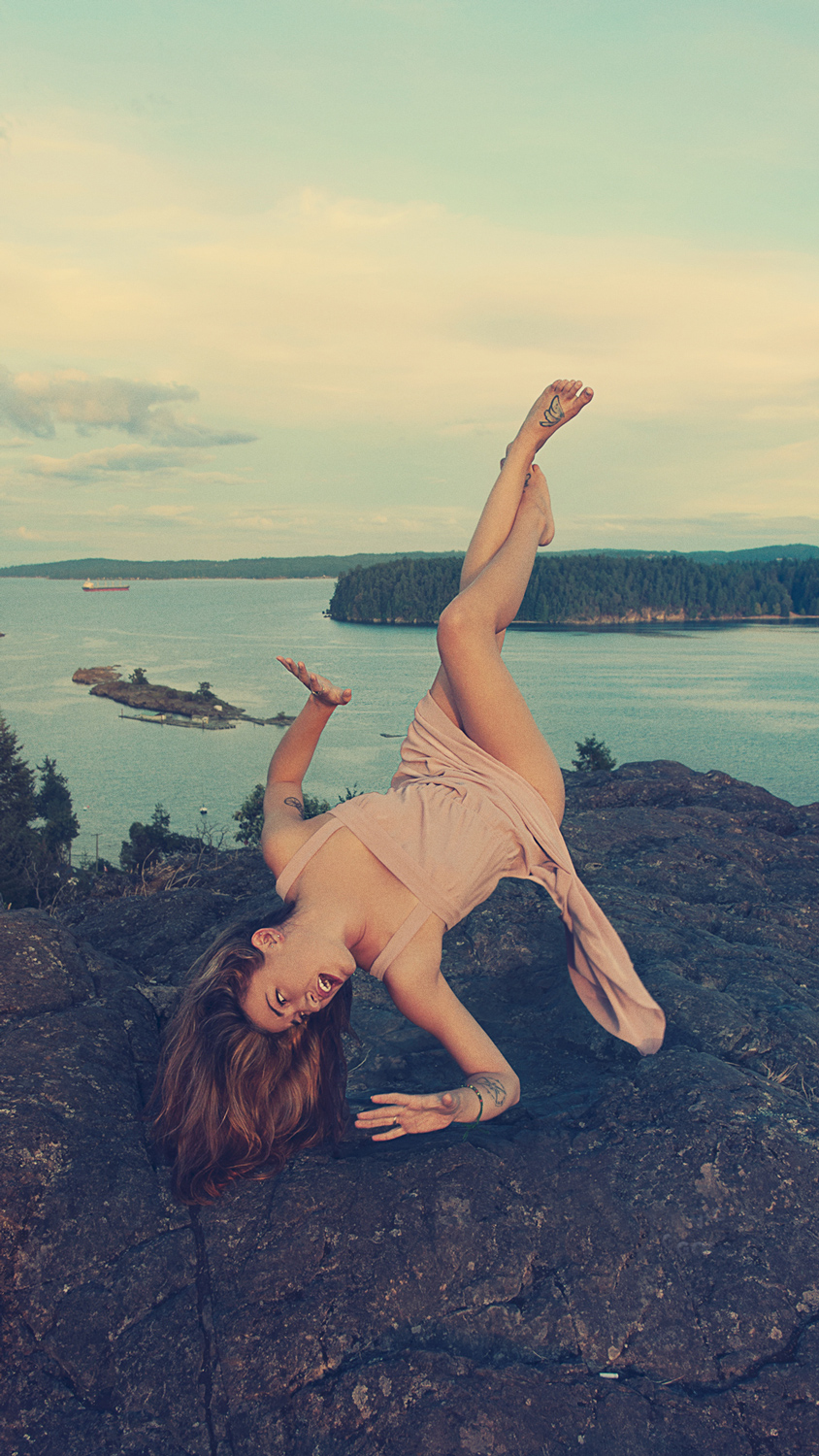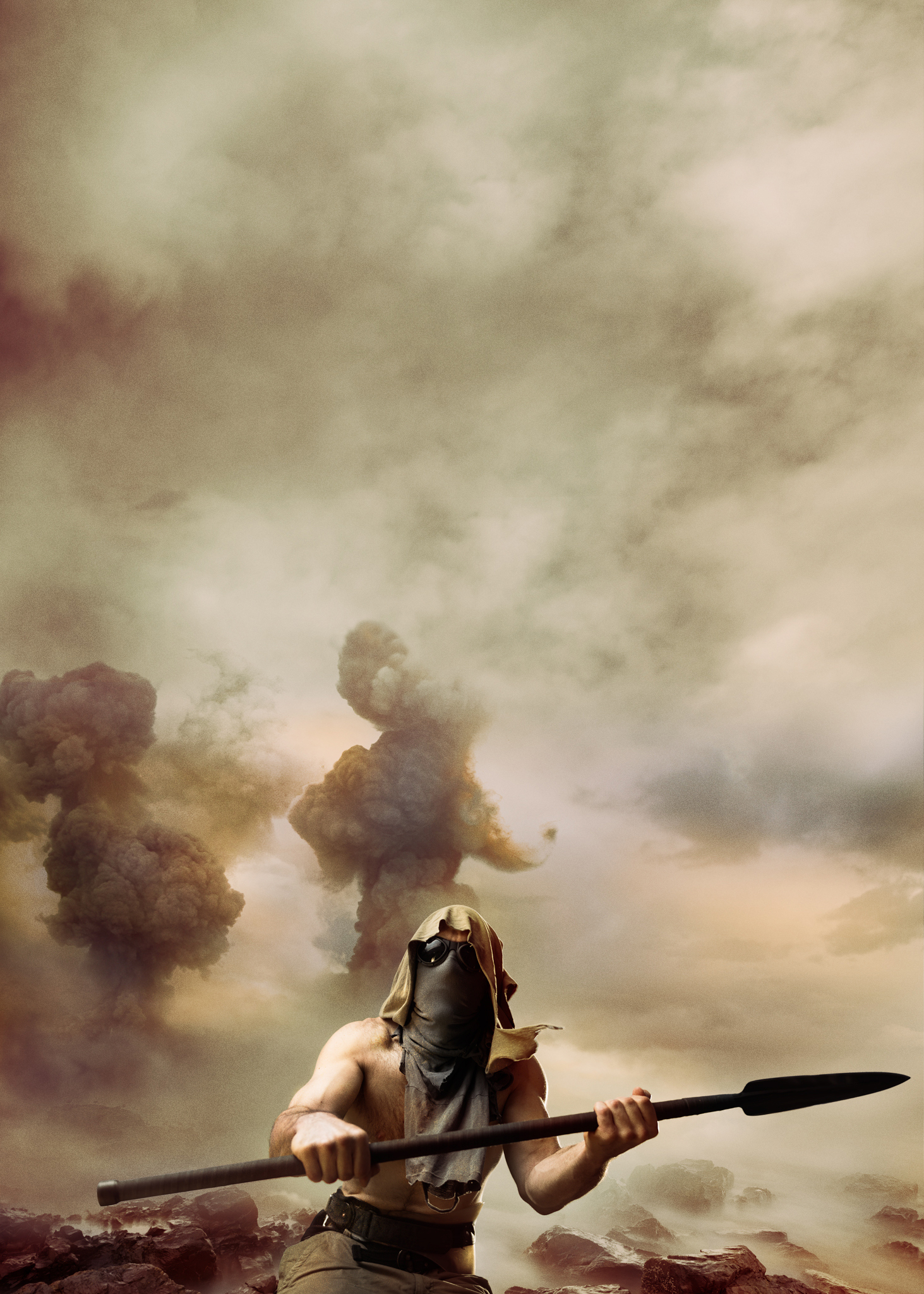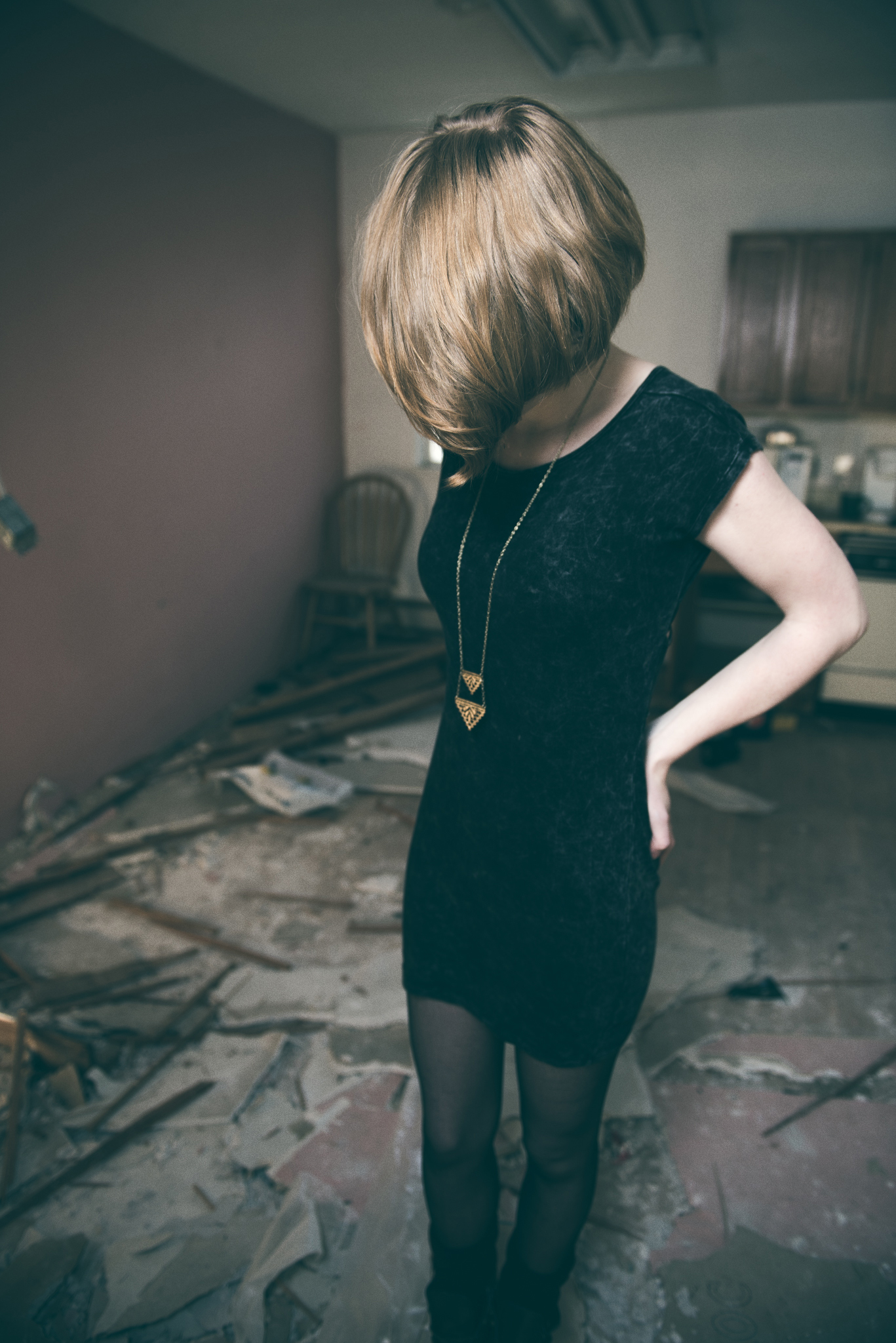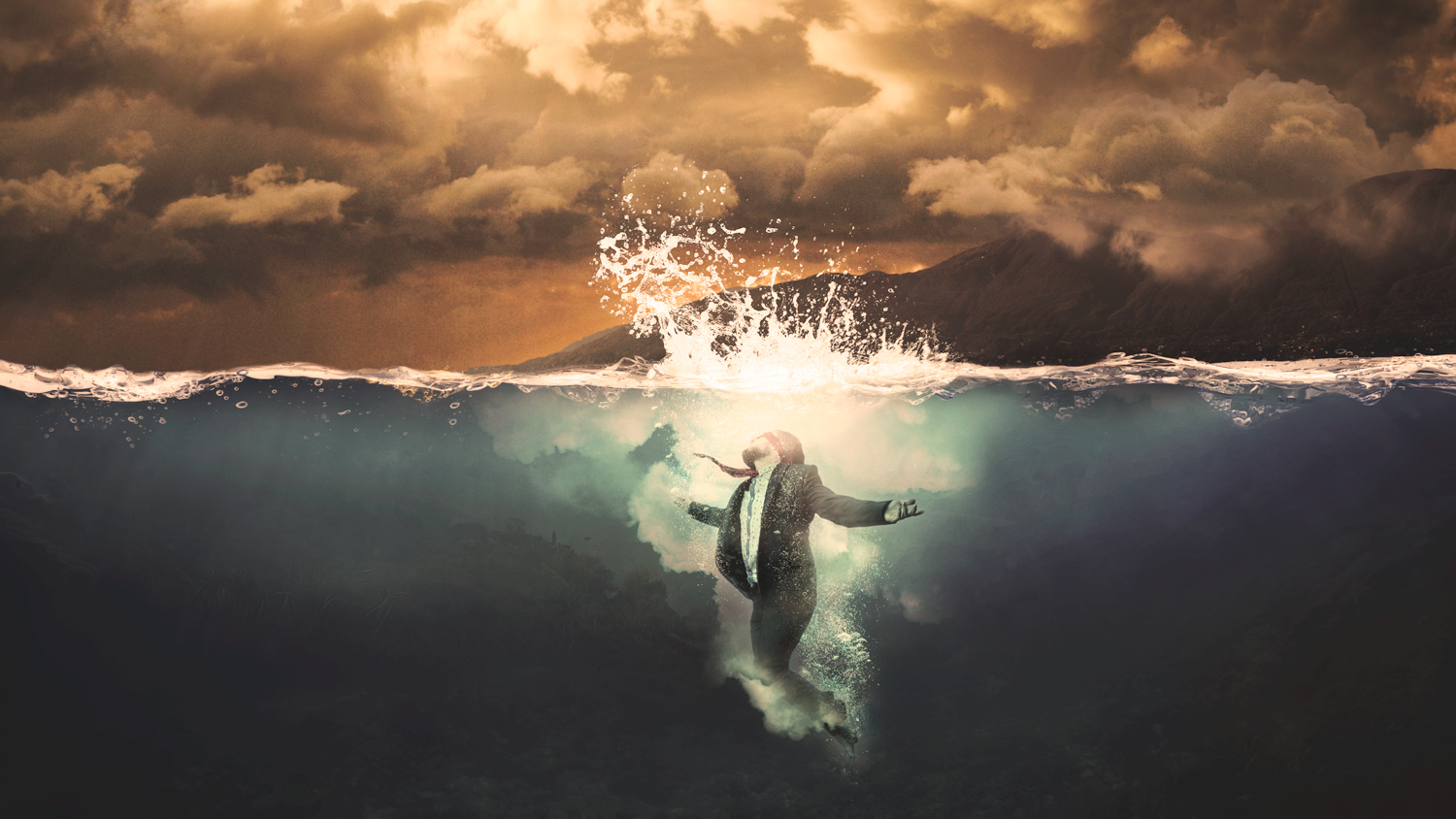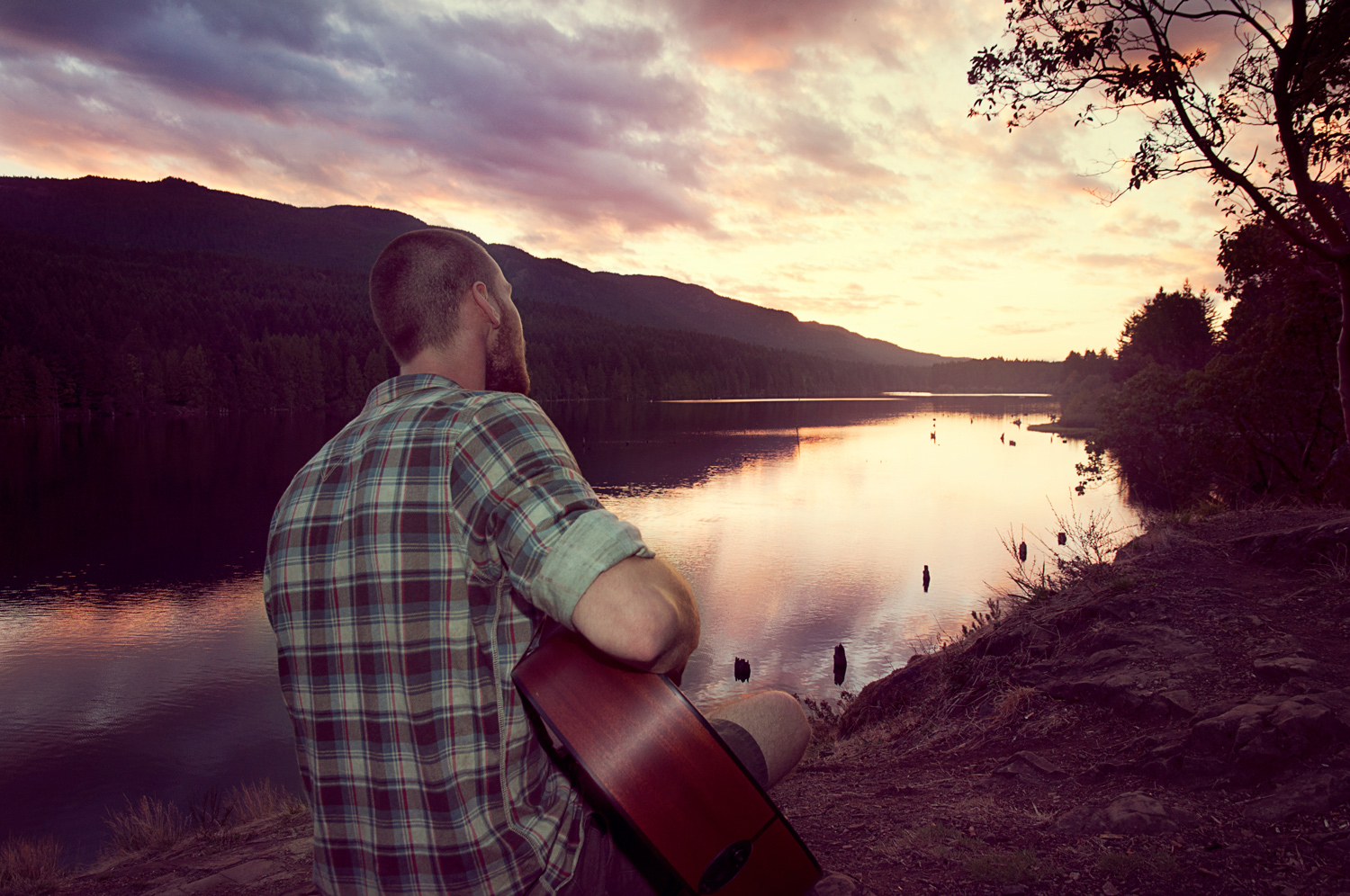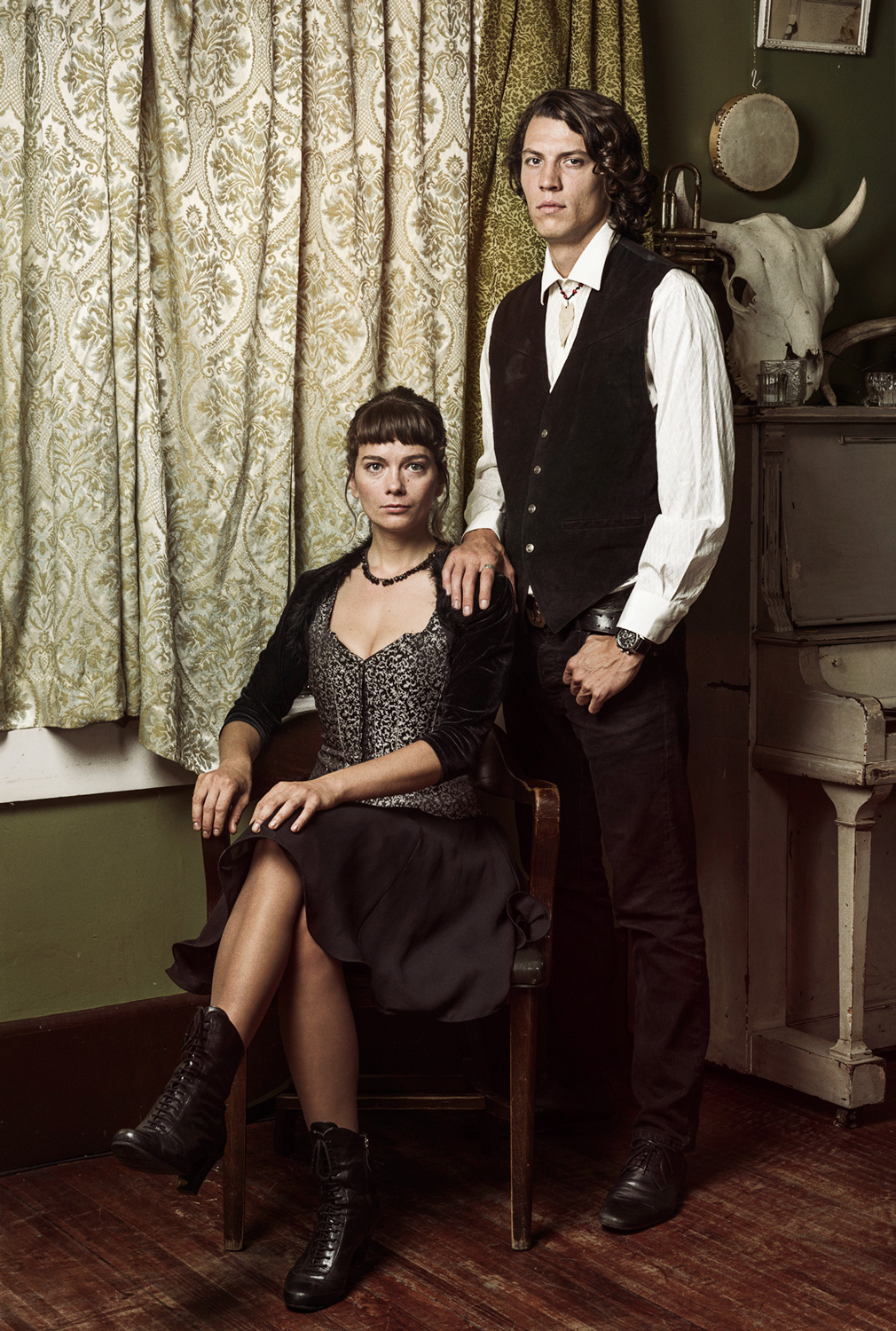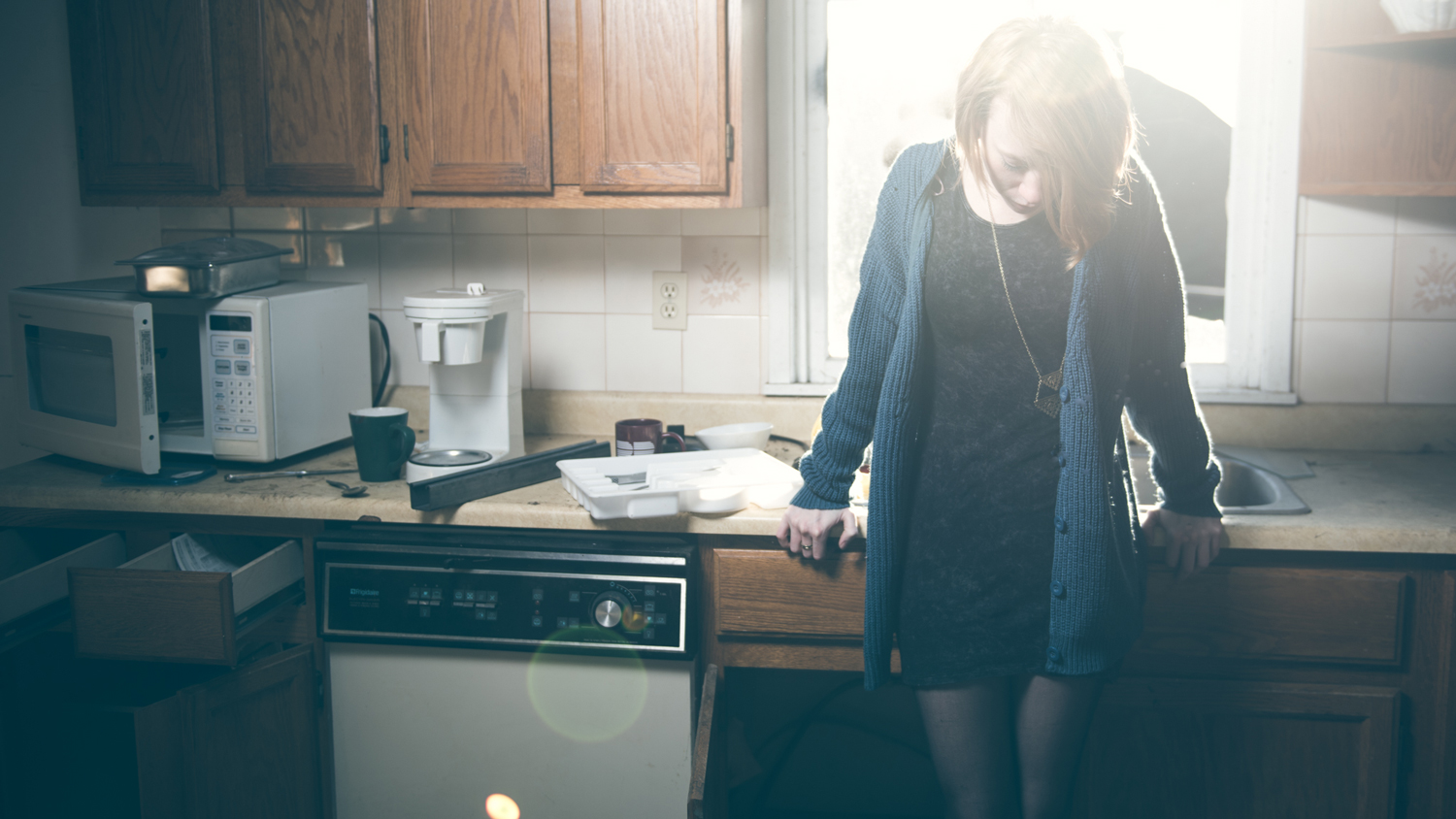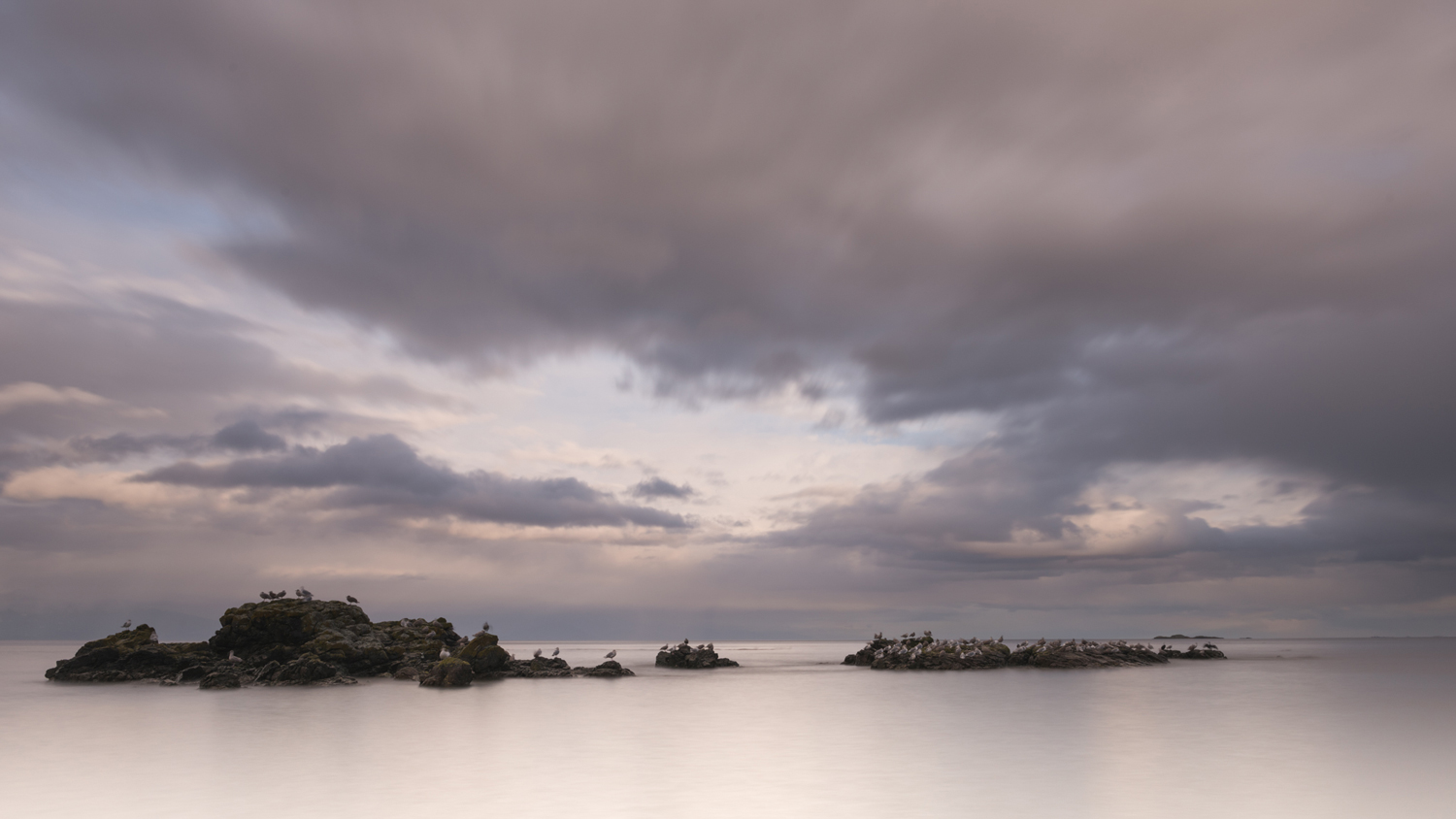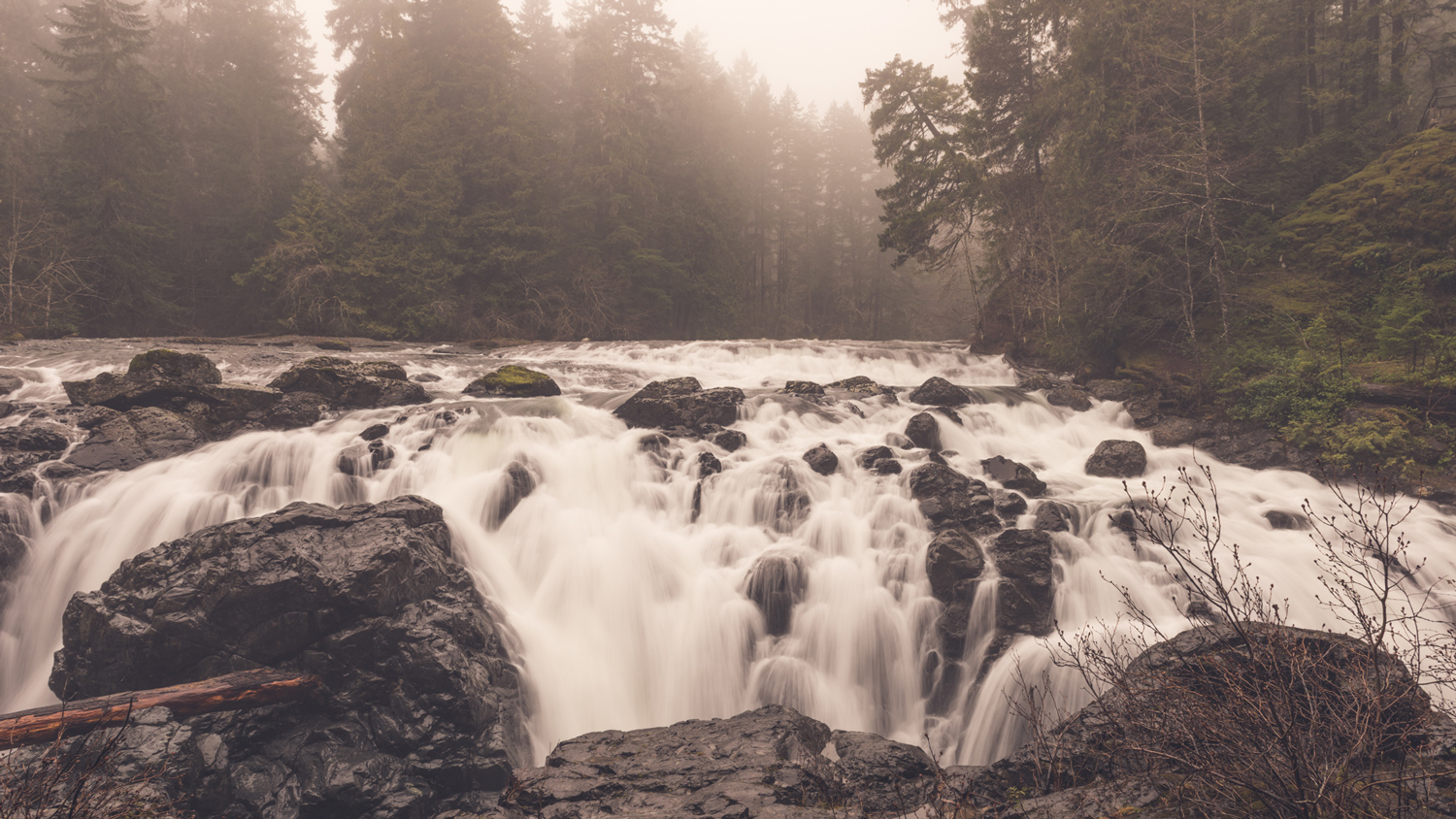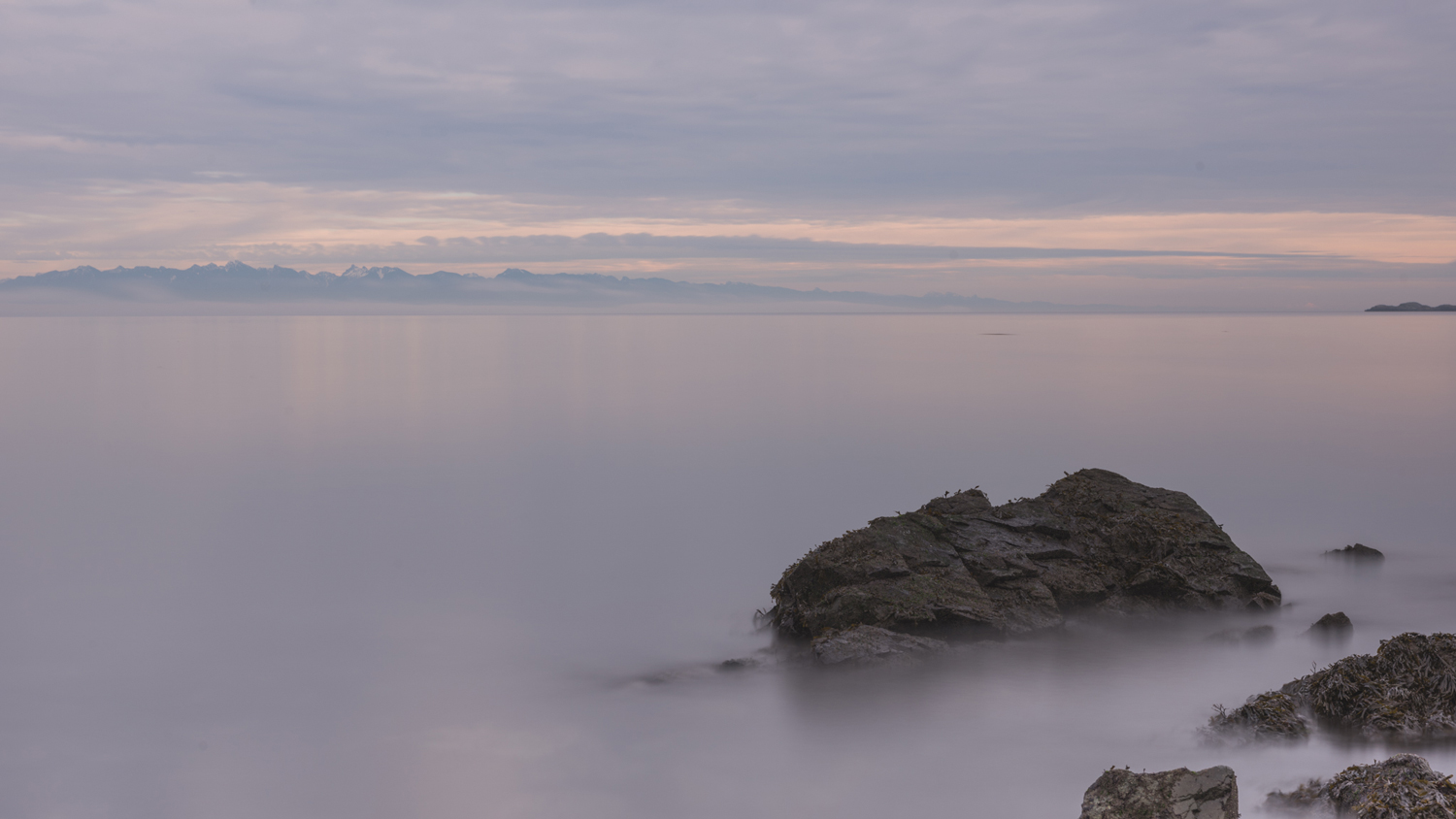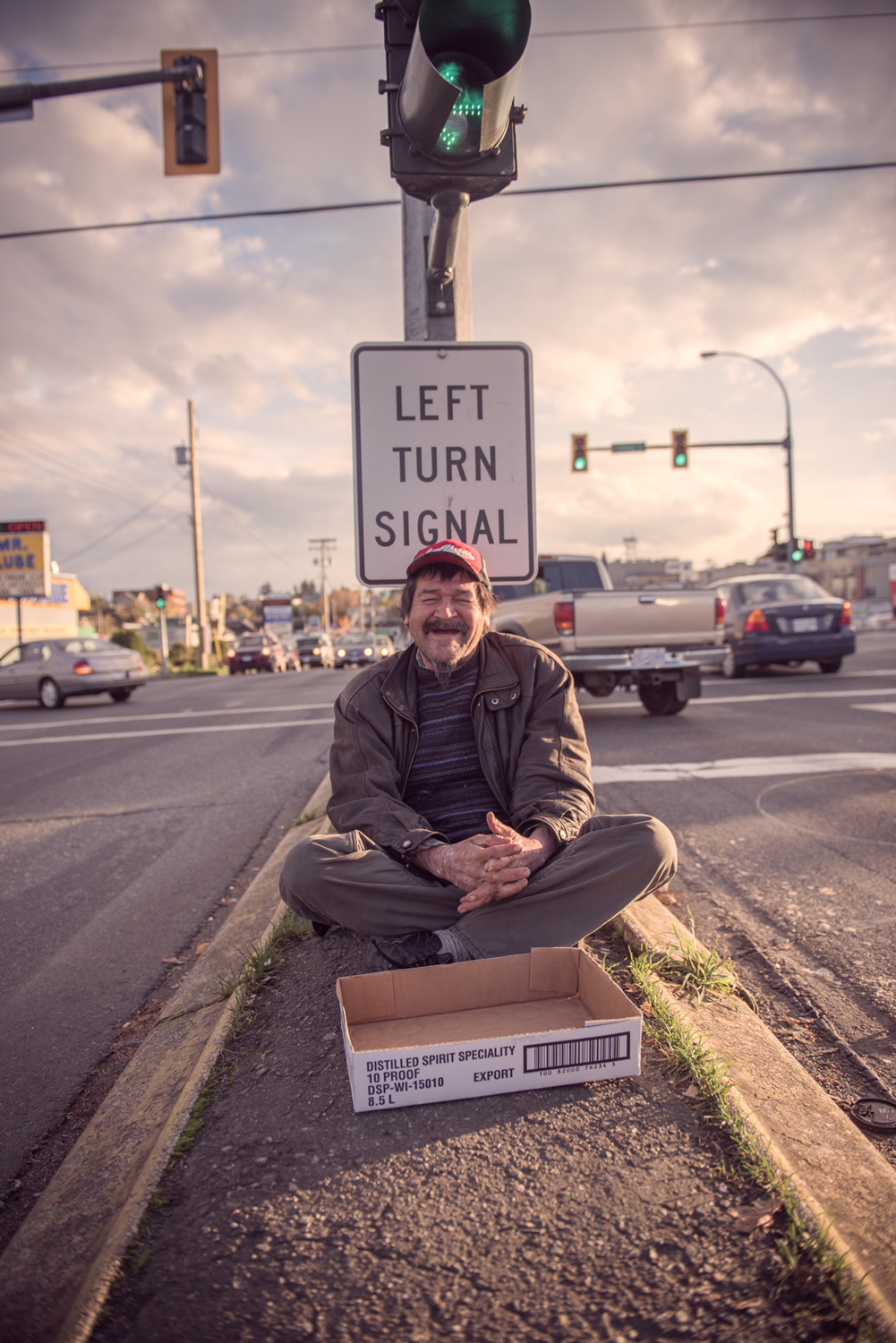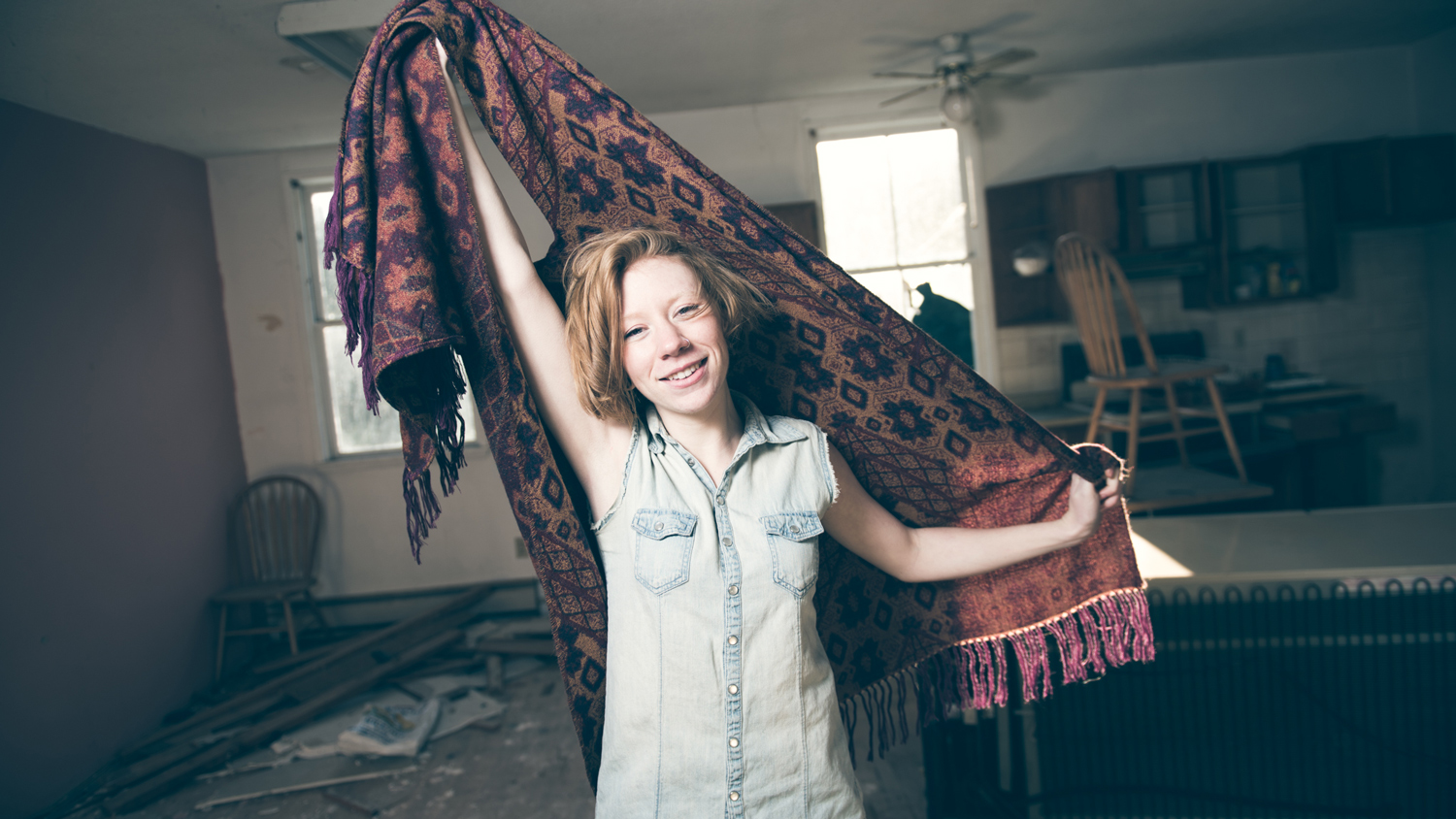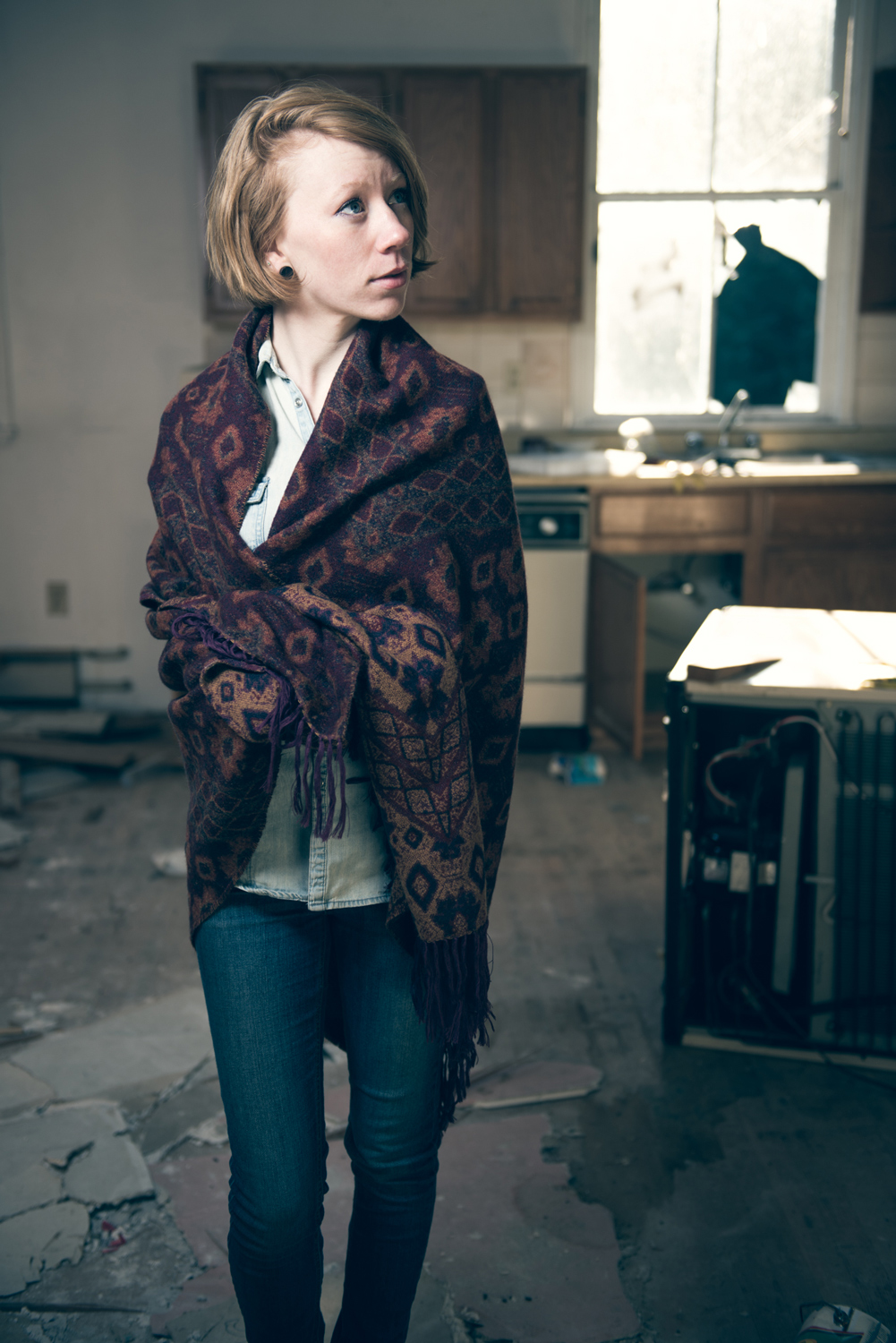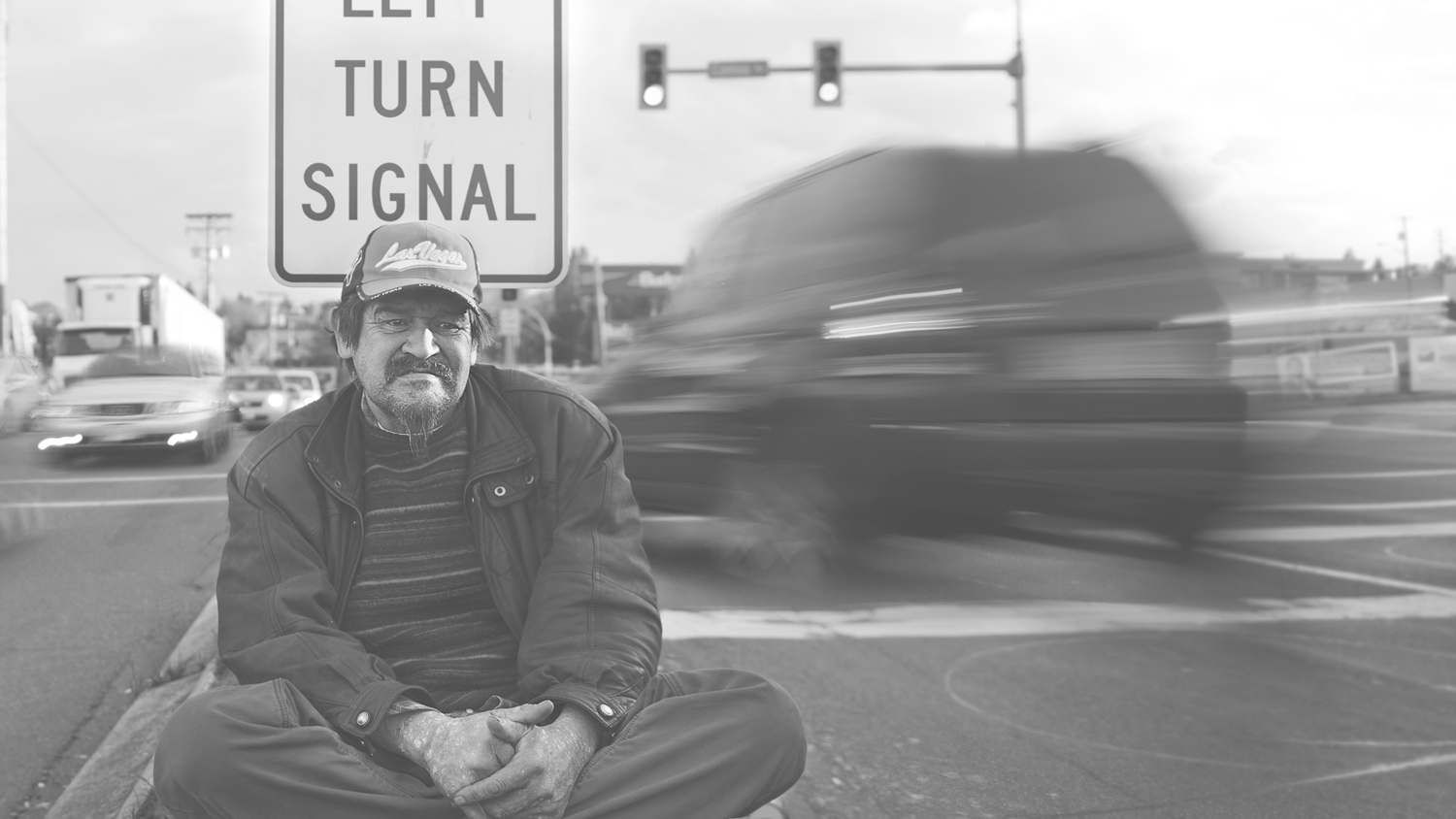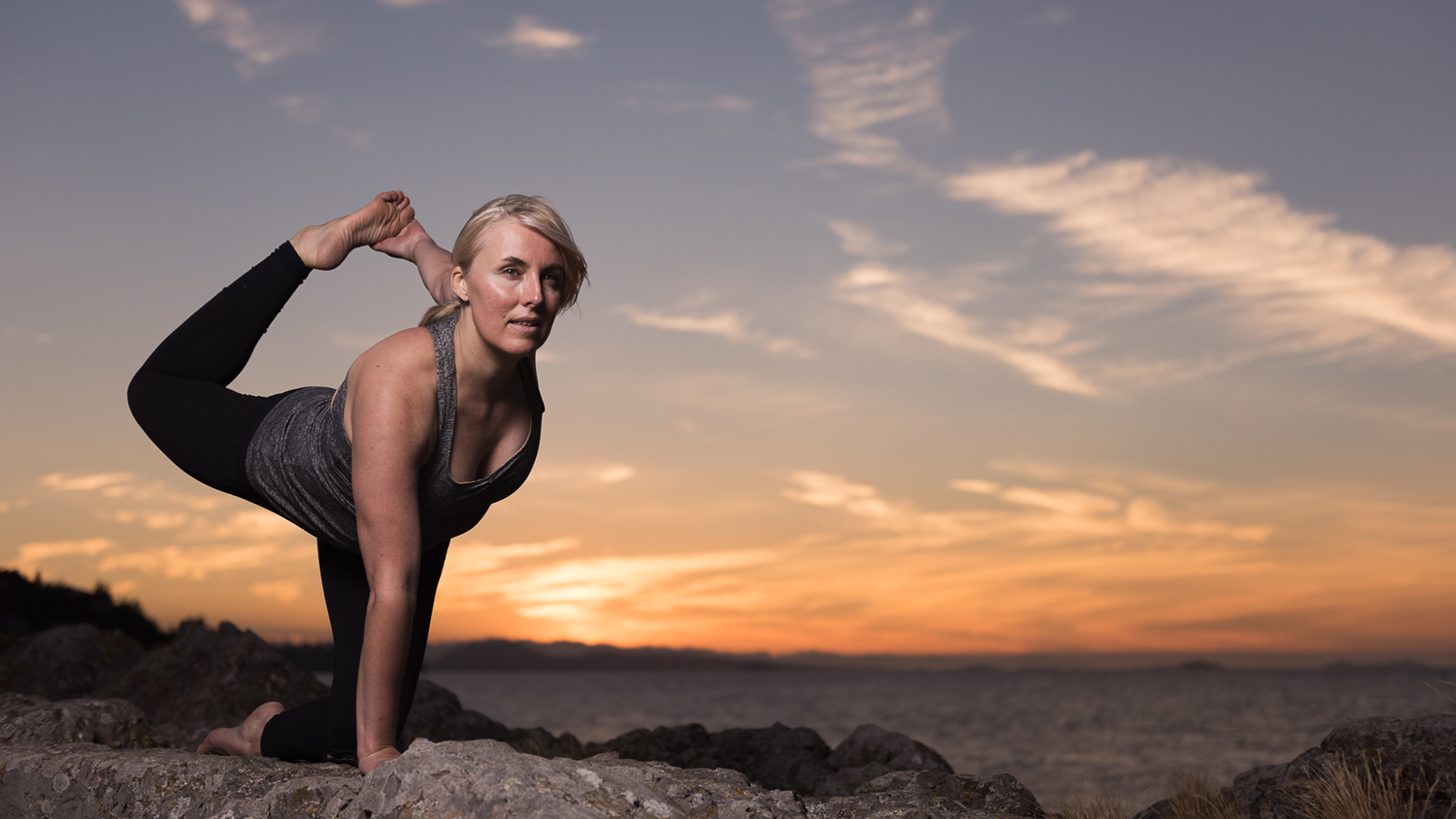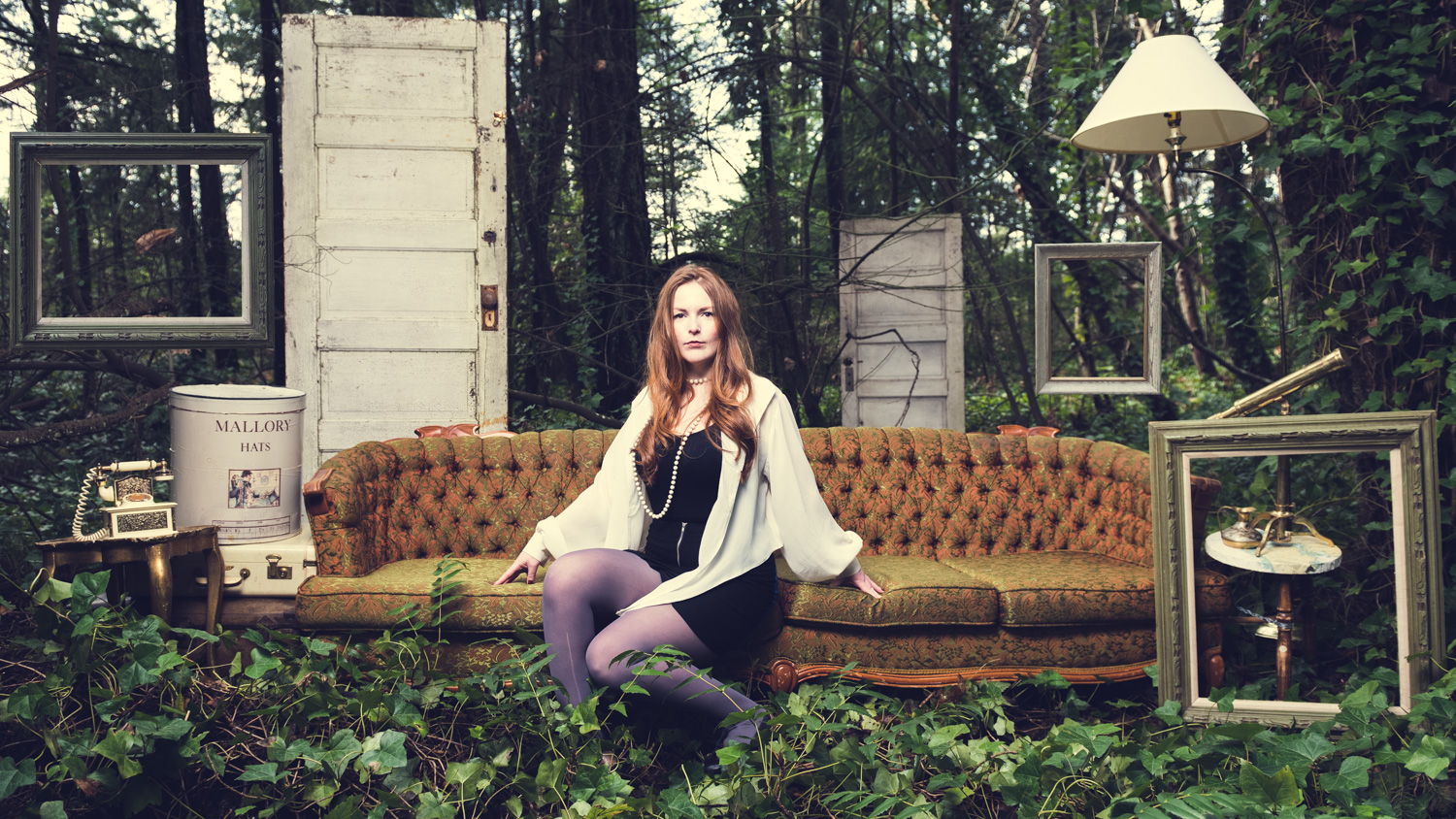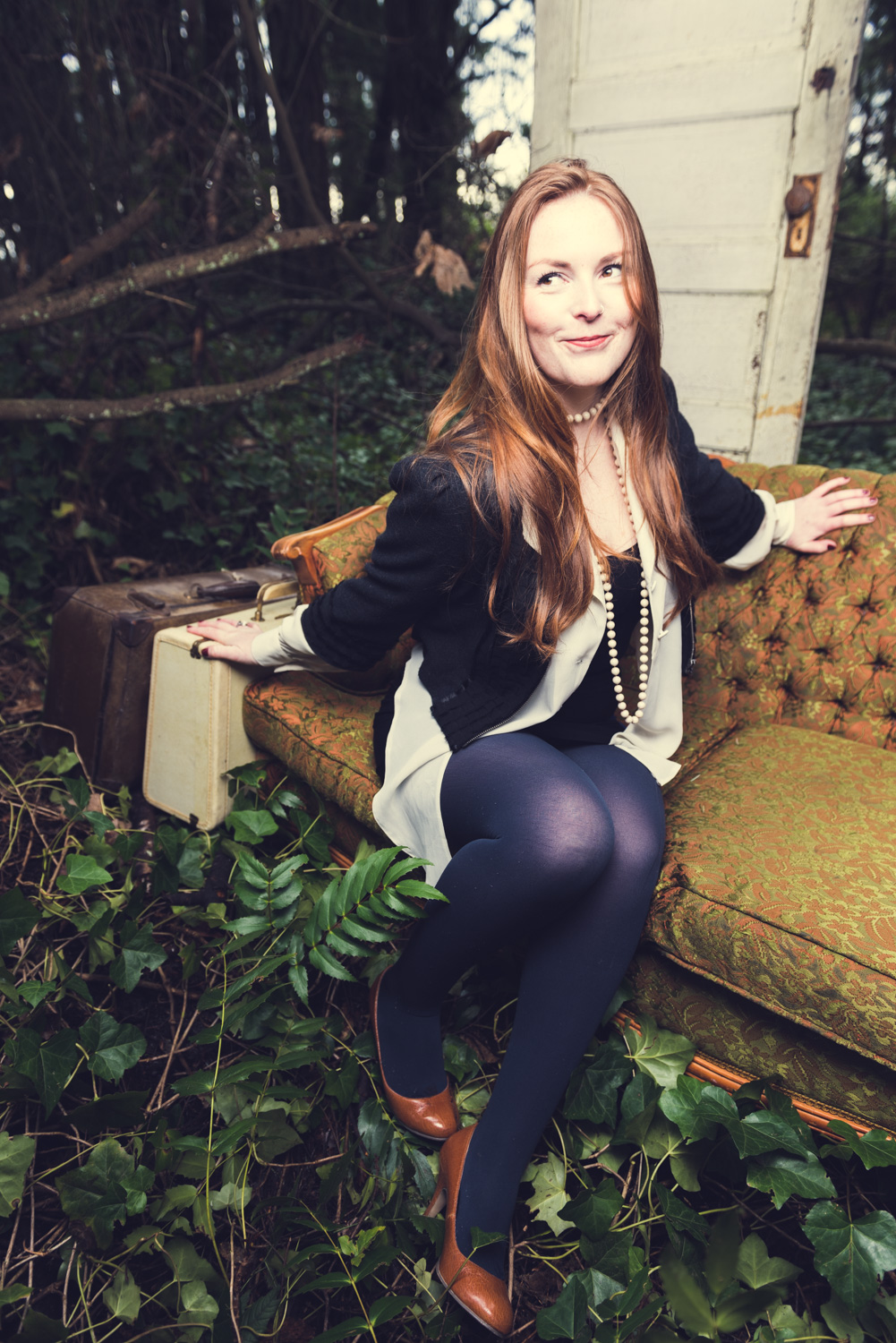THE METHOD
I’ll just get right to the settings. The above shot, “Bird Island”, was taken at ISO 31, f/11, and a shutter speed of 2o seconds. Ok, now let’s break down this information. The goal with long exposure photography is capturing a substantial amount of “the passing of time”. The ideal candidates for this type of photography is basically anything that moves. Even better so with things that have an interesting pattern of moving such as water or clouds.
I chose f/11 because I wanted a wide depth of field in the landscape. This allowed me to keep all important points of interest in focus. Although more importantly, f/11 will decrease the amount of light entering the camera in order to reach a correct exposure so that necessary light can come from a slow shutter speed. 20 seconds in this case. This allows for a significant repetition of waves going back and forth, creating that “surreal” quality. But you are probably thinking, “at 20 seconds, won’t that completely overexpose?”. Yes absolutely! That’s why I’m shooting at a low ISO 31, to reduce the sensitivity to the light. However, it’s not enough. The photo will still overexpose. This is where an ND filter steps in. I use the Lee’s Big Stopper which reduces the amount of light entering the sensor by at least 10 to 11 stops. This is the step that makes everything come together. You pay a little more for this 100x100mm piece of tinted glass; however, it is worth it because you avoid all vignetting and the dreaded “X-pattern” that happens with cheaper screw on variable filters. Just remember to adjust the white balance as the Big Stopper does have a strong blue color cast.
*DRAGON TIPS*
I shot this landscape, and most others, with the mirror up to eliminate any camera shake which produces an even sharper image. This technique doesn’t really work so well with moving subjects but for landscapes it’s perfect because mountains don’t move. Complimenting this I also use I cabled shutter release so I don’t have to press down on the cameras shutter which could instigate camera movement. Of course, everything is shot on a tripod as it would be extremely difficult to hold a camera at the long shutter speeds required.
24mm, ISO 100, f/11, 1/4 second with Lee’s Big Stopper
The sky was shot at f/8, 10 seconds and the water was shot at f/10, 45 seconds, both 24mm, and48mm, ISO 31, f/11, 119 seconds with Lee’s Big Stopper ISO 31 with Lee’s Big Stopper. The shorter shutter time used on the sky allows it to be not as blurry as the water. I then pieces to two exposures in Photoshop.
48mm, ISO 31, f/11, 119 seconds with Lee’s Big Stopper
Now that you know the components to creating a surreal long exposure, get out there and start slowing down time! Leave your comments below!




